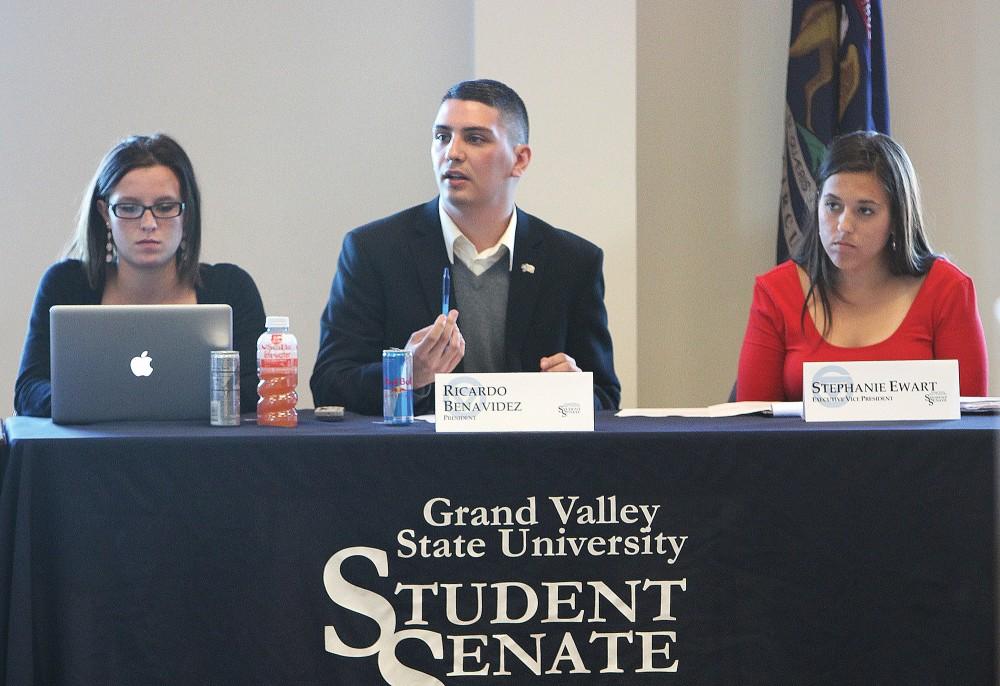How to: Measure good teaching

GVL / Nate Kalinowski Student Senate
Nov 2, 2013
At the end of each semester, students at Grand Valley State University are asked to complete faculty evaluations. On a scale of one to 10, fill in the bubble, write a short response; each college, department or unit may use their own method and ask their own questions.
“We need something that is standardized and simpler,” said Joy Washburn, a professor for the Kirkhof College of Nursing. “Right now everyone is doing something different.”
Since 2007, the Executive Committee of the Senate has been discussing ways to regulate student evaluations of teaching, which are used to help determine faculty promotion and tenure decisions, as well as course structure.
“We should not be basing decisions for tenure and promotion solely upon student evaluations of teaching,” Washburn said. “There are more pieces and parts to it than that. That’s where the standardized part could be helpful. I could look at how I stack up to professors at other universities, which would be helpful when I form my course or evaluate myself.”
For the past two years, the ECS has been exploring the option of the IDEA Student Ratings of Instruction system. This service is provided by the Idea Center, a non-profit organization in Manhattan, Kan. It has been used by more than 350 universities in the U.S. as a means to obtain consistent data about faculty performance.
The IDEA system includes 18 pre-determined questions that would be used across the university. It looks at students’ feedback on their own learning progress and the methods used by their instructors.
“The idea that we can’t talk about good teaching regardless of content and college bothers me significantly,” said Tonya Parker, vice chair for ECS. “We need something that says good teaching is good teaching regardless of content.”
However, during the meeting on Friday, several concerns were raised with the IDEA system.
“We should not pretend to be quantifying things that we’re not actually doing,” said Brian Lakey, professor of psychology and ECS representative for the College of Liberal Arts and Sciences. “So my concern is that we assign numbers to things, and we pretend that those numbers have value, when in fact they have very little meaning. If we’re going to pretend to do quantitative assessment, we should do it well. The IDEA is not doing it well.”
Money was another concern. According to the ECS, the IDEA system would cost $40,000 a year.
“For something to be $40,000, maybe that’s not much to the university as a whole, but I don’t know that it’s the best use of resources,” said Shawn Bultsma, representative for the College of Education.
The ECS also discussed the possibility of GVSU creating its own system to be used for student evaluations. Over the next few weeks, the ECS will hold town hall meetings to receive input from other faculty members before deciding on a final option to present to the University Academic Senate.

























